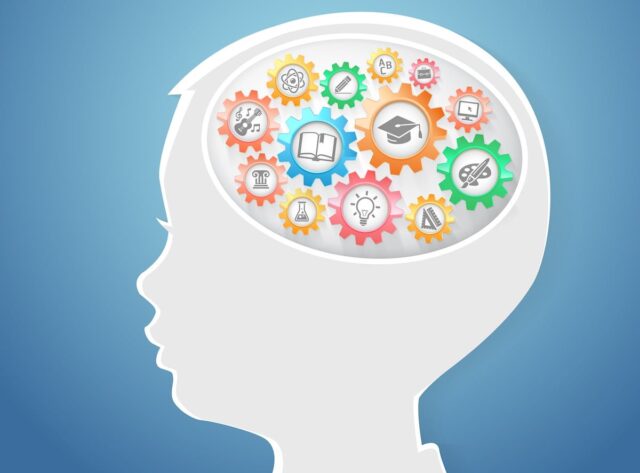
For a large number of years, teachers have shown students each academic subject possible from Philosophy to Art, from Geometry to Biology, from Literature to History, etc. During that time, numerous teachers were persuaded that the best students were the ones who paid the most attention to their lectures and spent the most time reading and rereading all of their homework assignments. Different teachers saw that a lot of students reacted better to more inventive methods for teaching than traditional lectures and understanding assignments, and adjusted their curriculum accordingly, bringing about Brain-based Learning into the picture.
A lot of teachers have succeeded in reaching out to students and motivating them to learn, while others didn’t. The history of Education is likewise packed with teachers who regarded every student as important, teachers who accepted that treating each student equally as important as well. Everybody who has ever been a student remembers teachers who were enthusiastic and energetic, and teachers who treated the classroom as their regular job rather than their passion. Along with IQ tests, brain-based learning helps enhance a student’s cognitive or intellectual skills to improve academic performance. According to Brainable, many people have an average IQ between 85 and 115, but IQ tests help raise the lower end of average to about 100.
What is brain-based learning?
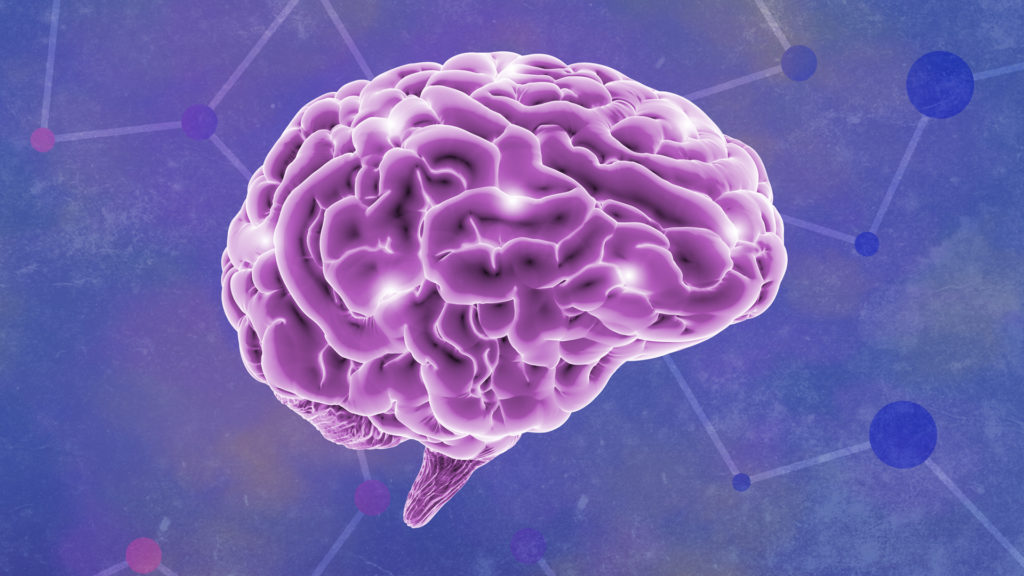
Brain-based learning talks about showing learning plans, approaches, and school programs that are based on the most recent logical research about how the brain learns, which includes factors as cognitive development—how students learn diversely as they age, develop, and develop socially, emotionally, and cognitively.
The general conviction inspires Brain-based learning that learning can be quickened and improved if instructors base how and what they teach on learning instead of on past educational practices, established conventions, or some assumptions about the learning procedure. For example, most people once believed that human intelligence is a kind of fixed characteristics that stays unchanged for the entirety of a person’s life. In any case, recent cognitive science research has uncovered that the human brain truly changes when it learns and that in the wake of rehearsing certain abilities, it turns out to be progressively simpler to keep learning and to improve those skills. This finding—learning adequately enhances brain functioning, strength, and working intelligence—has conceivably broad ramifications for how schools can structure their academic programs.
When a teacher understands how the brain functions, she gets in a better position to help his students in various ways. She can assist the students in directing their attention which will help increase their ability to retain memories.
This is one of the aims and promises of brain-based learning. This method of learning draws insights from several fields, including:
- Neurology pertains to the branch of medicine that deals with studying the different medical conditions of the nervous system. It studies the parts (anatomy), functions (how the brain works), and pathology (causes and formation of neurologic disorders) of the peripheral and central nervous systems.
- Technology: Some examples of technology concepts include the impact of digital technology such as automation, machine learning (ML), natural language processing (NLP), and artificial intelligence (AI) in the learning process of today’s modern students.
- Psychology: This branch of medicine involves the study of humans’ emotional and mental aspects. Psychology studies the various factors that may result in mental health disorders and learning disabilities, including their signs and symptoms, diagnosis, medical intervention, and care treatment.
When teachers get a hold of this concept, it helps them to:
- Keep diverse learners engaged.
- Provide feedbacks that are valuable enough and can lead to a better understanding.
- Create a more productive learning environment.
By creating a healthy learning environment, teachers can adequately address the social and emotional needs of the student as well as their minds.
Students become more open to expressing their thoughts and feelings to their teachers because they consider them approachable and non-judgmental.
Teachers also take a more objective approach in providing learning activities and feedback. A healthier learning environment helps eliminate discrimination and eliminates the effects of indirect favoritism. Students build healthy learning habits and feel more valued and given equal opportunity to show their academic skills.
The theory behind brain-based education
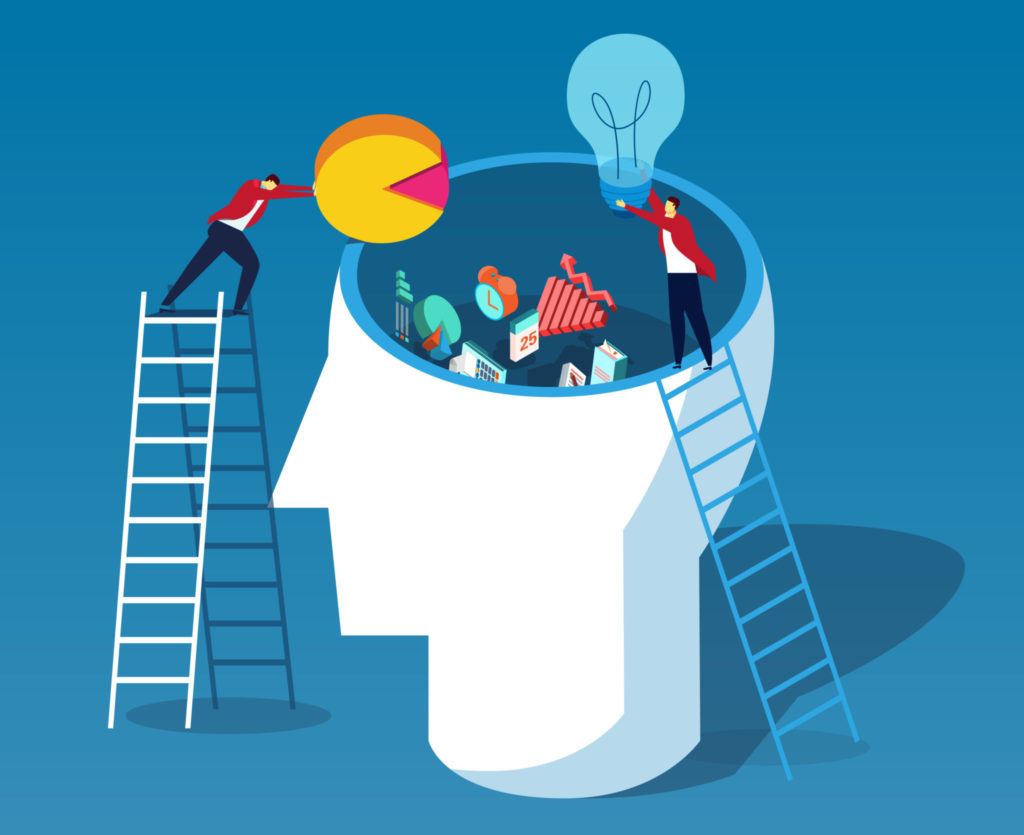
Brain-based Education intends to improve and quicken the learning procedure by utilizing the science behind learning to choose a curriculum and type of delivery for each group of students. While receiving this technique, teachers must overlook already established. They should likewise get rid of assumptions about learning and past practices. Instead, they should look to the latest conventional science revelations as motivation to deliver their lessons in the future.
It was once felt that intelligence is fixed and remains the same throughout the entire life of a person. Some latest discoveries have uncovered that physical changes occur in the brain during learning. When someone regularly trains specific skills, they find it rather easy in due course to continue improving those abilities. Learning has been known to improve versatility, working intelligence, and brain work. This research holds impressive possibilities for schools and teachers all around the world.
There are multiple benefits of brain-based learning. By implementing them, schools can make academic programs that are ideally suited for each year-group students. Individual teachers are able to structure the most appropriate educational experiences for their students.
Six useful tips for brain-based learning
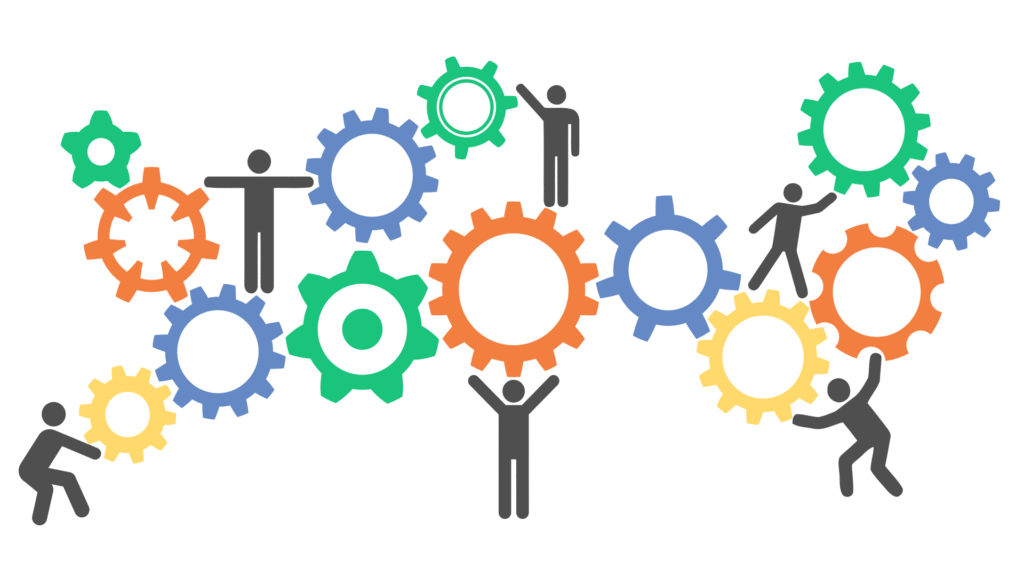
- Make a safe learning environment
- Start early
- Encourage growth
- Get both brains and bodies in gear
- Embrace the potential of novelty
- Request feedback
Scientists recently linked aerobic exercise with improved memory, something all students and teachers should be interested in – you can read on the Australian Christian College website.
The effect of brain-based learning strategy on academic skills
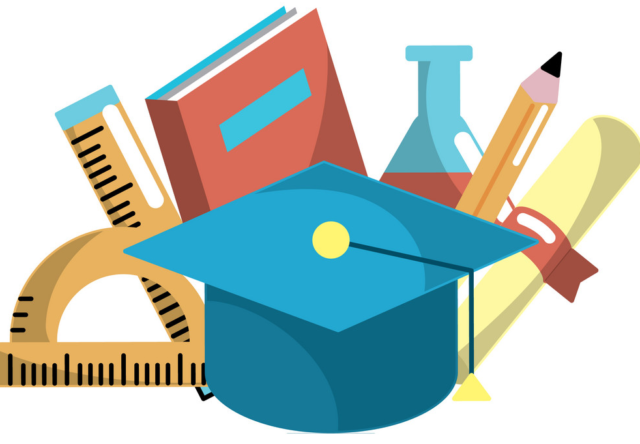
How does the brain-based learning approach impact academic performance and skill?
Some research mad have shown the following effects:
• Brain-based learning requires content to be given in a meaningful whole instead of unrelated information pieces for it to carry meaning in terms of the students.
• Brain-based learning affects feelings, which is one of the vital factors in learning. That’s why importance should especially be given to the feelings of students in a lesson organized according to brain-based learning.
• Making decisions about learning ways, which is one of the effective brain-based strategies, has positively impacted student opinions and student participation in the lectures.
• In the group where brain-based learning was applied, students were in positive feelings during the lesson. The activities conducted in the classroom have increased the student recognition of each other and working together. Varieties in method and techniques and classroom applications have provided affective lesson participation in terms of the students.
Conclusion
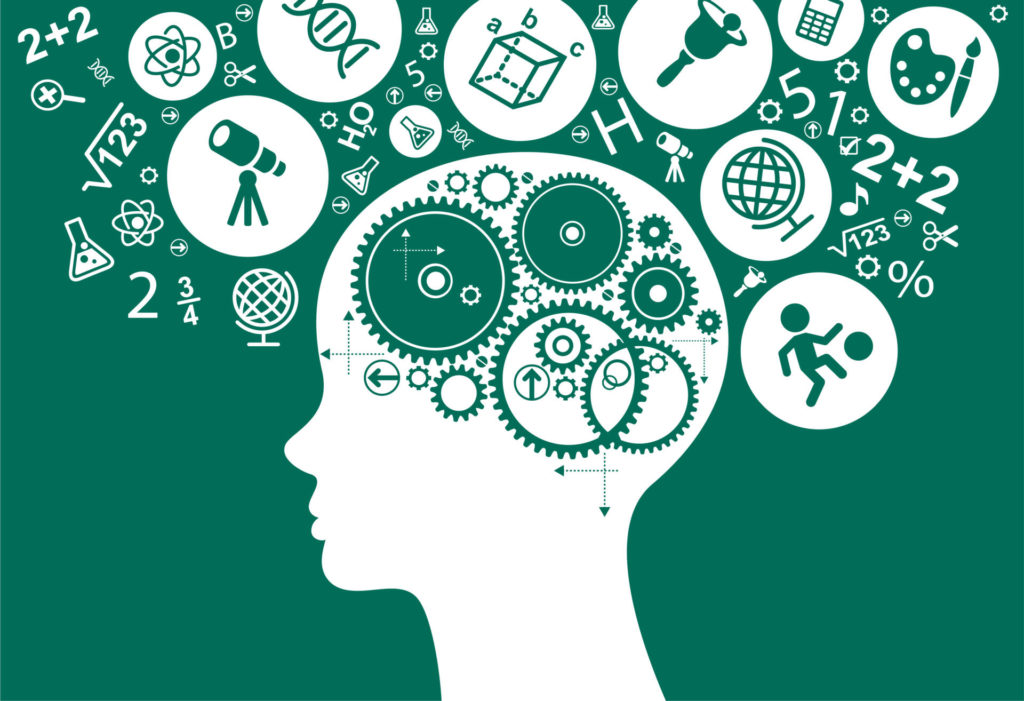
To help achieve high academic performance and skill, a brain-based learning strategy is advised. You can also buy college essay from essaysusa.com on certain topics and have a better understanding of the subject. Brain-based learning strategy intends to improve and quicken the learning procedure by utilizing the science behind learning to choose a curriculum and type of execution for every group of students. The theory recognizes every student as important. While receiving this technique, teachers must overlook already established. They should likewise get rid of assumptions about learning and past practices. This way, students are given a chance to learn at their speed without the use of any conventional method.
This will also increase their interest in subjects that they otherwise found tiresome. Many teachers are comprehending now that every student is different, and so is their learning ability, and they have started giving more importance to strategies that can enhance learning and knowledge.












